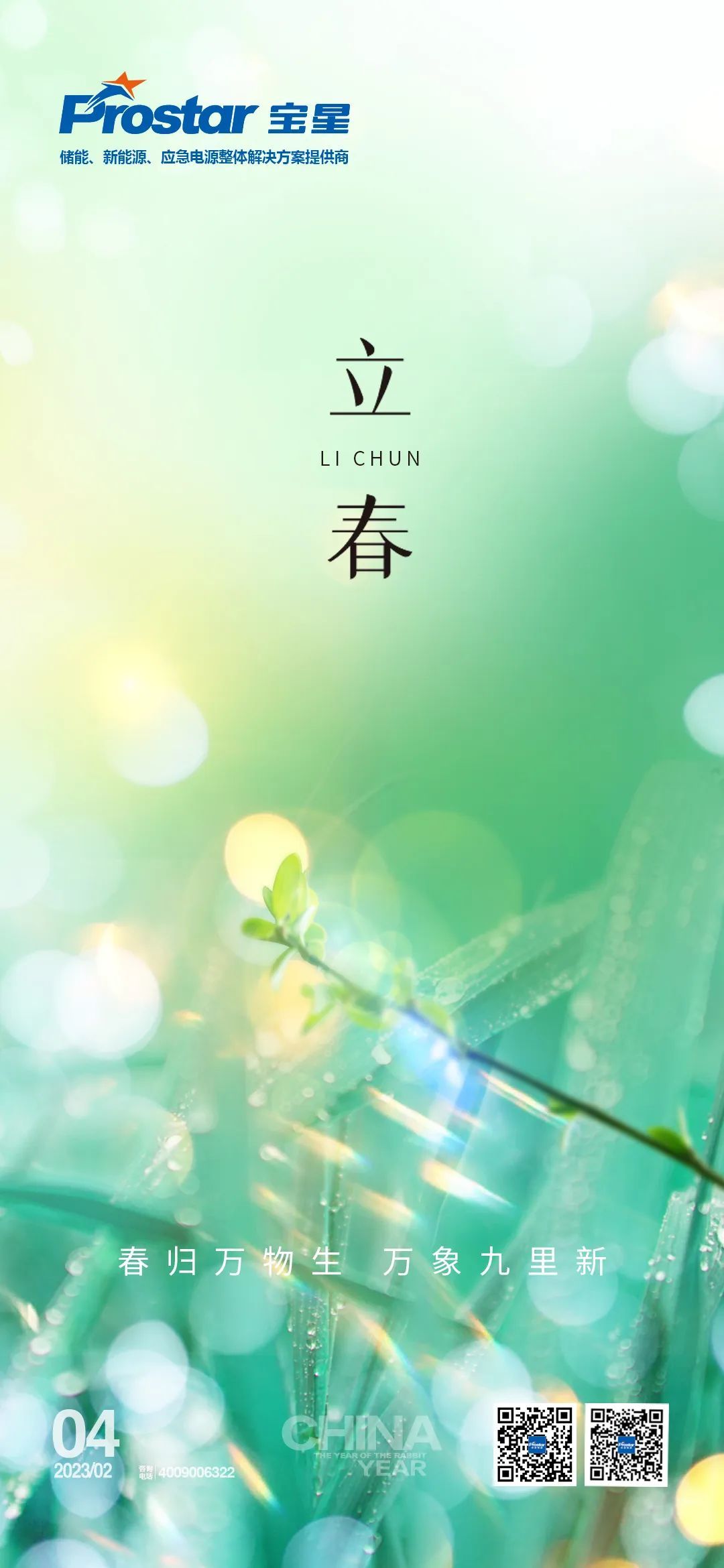The Beginning of Spring, known as “Lichun” in Chinese, is the first solar term in the traditional East Asian lunisolar calendar. It usually falls around February 3rd to 5th each year and marks the official beginning of the spring season.
The phrase “Spring Returns, All Things Rejuvenate, and a New World Unfolds” captures the essence of the Beginning of Spring. As winter gives way to spring, nature undergoes a transformation. Plants start to sprout, animals awaken from hibernation, and the world becomes vibrant with life once again. It signifies the revival and renewal of all living things.
The Beginning of Spring holds great cultural significance as it heralds the start of a new agricultural cycle. It is a time when farmers begin to prepare their fields for planting and make plans for the upcoming growing season. The longer daylight hours and milder temperatures create favorable conditions for the growth of crops and plants.
Moreover, the Beginning of Spring is not only associated with agricultural activities but also carries symbolic meanings. It represents new beginnings, fresh starts, and the opportunity for personal growth and transformation. It is a time to set goals, make resolutions, and embrace the energy of renewal that comes with the arrival of spring.
In Chinese culture, various customs and traditions are observed during the Beginning of Spring. These may include ancestor worship, family gatherings, spring cleaning, and the consumption of certain foods that symbolize luck and prosperity.
Overall, the Beginning of Spring marks the return of spring and the rejuvenation of all living things. It symbolizes the cycle of life, the promise of new beginnings, and the emergence of a vibrant and hopeful world. It is a time to celebrate the beauty of nature, cultivate aspirations, and welcome the positive changes that accompany the arrival of spring










